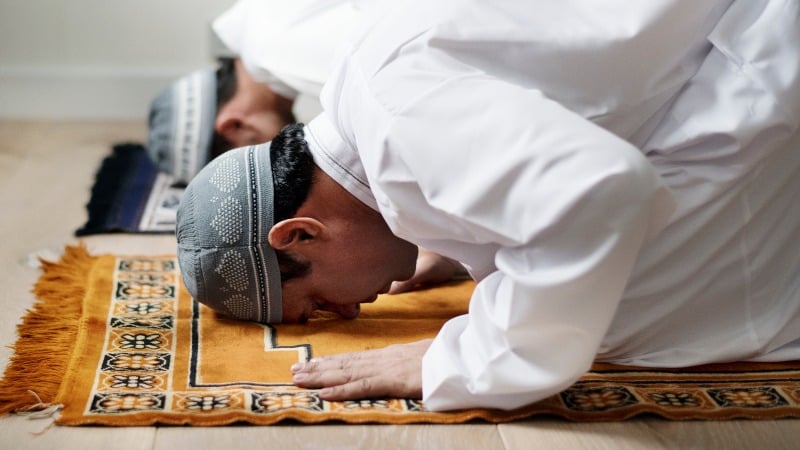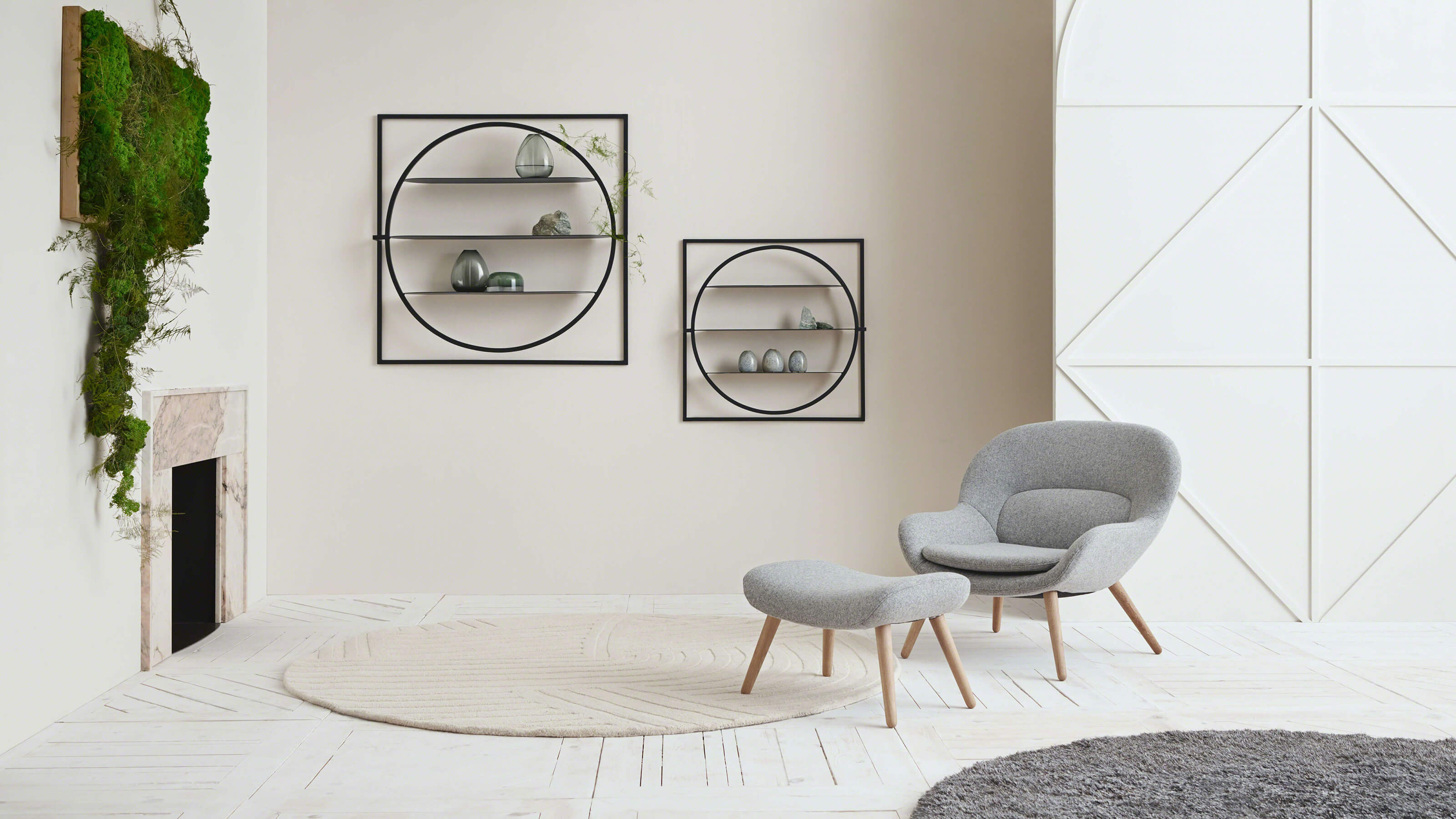For people to bring their whole selves to work, they need to feel safe to embrace the different parts of their identity. Not only does that hold true for gender, ethnicity and age, but it extends to faith too.
Employers should always be willing to accommodate their staff's religious and cultural needs. This includes enabling them to partake in their own specific practices, such as prayer or meditation. Whilst it's not a legal requirement to offer a space for this within the workplace, it's best practice if you want to be truly inclusive.
Here, we outline how to create a multi-faith room for prayer, contemplation and reflection in your workplace.
What do users need?
The first thing to consider when planning a multi-faith room is the mix of potential users of the space. What will they be looking for if they wish to pray or meditate during the day?
Different faiths have different practices and rituals. For example, many Muslims pray five times a day (known as Salat). Inevitably, this means they will need the space during the working day. It also means the room should be located close to individual workstations, just like toilets are located for convenience across the building. This will reduce the amount of productive time lost in going to and from the prayer facilities.
If your workplace is spread across multiple campuses, each building should have a multi-faith room. In multi-storey buildings, it's also a good idea to have a dedicated prayer space on each floor.

Finding a suitable space
For many offices, a room that can seat one or two people will be suitable. However, larger offices may require a bigger space to accommodate multiple people.
The size of the room required will depend on how many people will be expected to use it at one time. A Muslim requires a floor space of approximately 1.2m x 0.6m to perform Salat. This allows them to place their forehead on the floor whilst kneeling forward.
The room doesn't need to be orientated in a particular way. However, there should be some indication of which direction each wall faces. For most faiths, there is no stated direction for prayers. But Muslims must face the Ka'ba, an ancient site in the town of Mecca. Meanwhile, people of the Jewish faith tend to pray facing eastwards towards Jerusalem.
Choosing furniture
There are no mandatory requirements to include furniture in a multi-faith room. However, it is a good idea to provide some furniture, including:
- Informal seating - An armchair or lounge chair may be appropriate for visitors wanting to use the space for meditation.
- A table - A simple table will provide a valuable surface for any religious icons people want to bring to the space. It also provides a space for people to write or study. For example, Jews often take time to study before, during or after prayer.
- Shoe storage - All visitors should be encouraged to take off their shoes before entering the prayer space. For some faiths, this is a specific requirement. You will therefore need to provide a space to store shoes before entering the room. This could be lockers or a simple shoe rack. It's a good idea to display a sign that explains this.
- Personal storage - Providing storage facilities for prayer items or meditation books can be helpful. This could be in the room if space allows or located close by.
- Screens - For larger rooms where multiple people can gather at one time, you could include a moveable screen that can divide men and women, as there are some religions where different genders can't pray next to each other.

When choosing furniture for the room, make sure you consider the size of the products to ensure you leave enough floor space for prayer. Opt for neutral colours and aesthetics, and pay attention to materials. Hindu's for example, can't have leather in their places of worship.
Remember that the room's primary purpose is to allow people to pray or be at one with their thoughts, so avoid making the space feel too busy.
Doubling up as a wellness room
A multi-faith room can also be a wellness room, or quiet space within the office, making it inclusive for everybody, including non-religious people who may meditate or need a place for private contemplation.
For this reason, you should avoid explicitly calling the room a 'multi-faith room'. A 'reflection room' or 'quiet room' may be more suitable. You can still include everything required for a prayer room, including floor space and a 'shoes-off' policy.
Religious inclusivity beyond the prayer space
In addition to offering a multi-faith room within the workplace, there are other ways to ensure people of faith feel respected and addressed. For example, creating inclusive events can help build community and educate people across the company on religion.
Recognising religious holidays is also important. In the UK, our bank holiday structure reflects Christian holidays, namely Easter and Christmas. But for Jewish, Muslim and Hindu employees, for example, there are many other holidays to celebrate throughout the year, including Rosh Hashanah, Diwali and Eid-Al-Adha. Recognising these holidays and showing sensitivity and flexibility for people requesting annual leave for these celebrations can help foster a sense of belonging that is critical for employee retention.
Summary
Providing a safe space in the workplace for employees to pray, meditate or be alone with their thoughts is vital for creating religious and cultural inclusivity and for supporting the wellbeing of employees.
It's no secret that a diverse workforce can boost your bottom line. By creating a workplace that encourages everyone to be themselves, you can improve employee satisfaction, productivity, and innovation.










